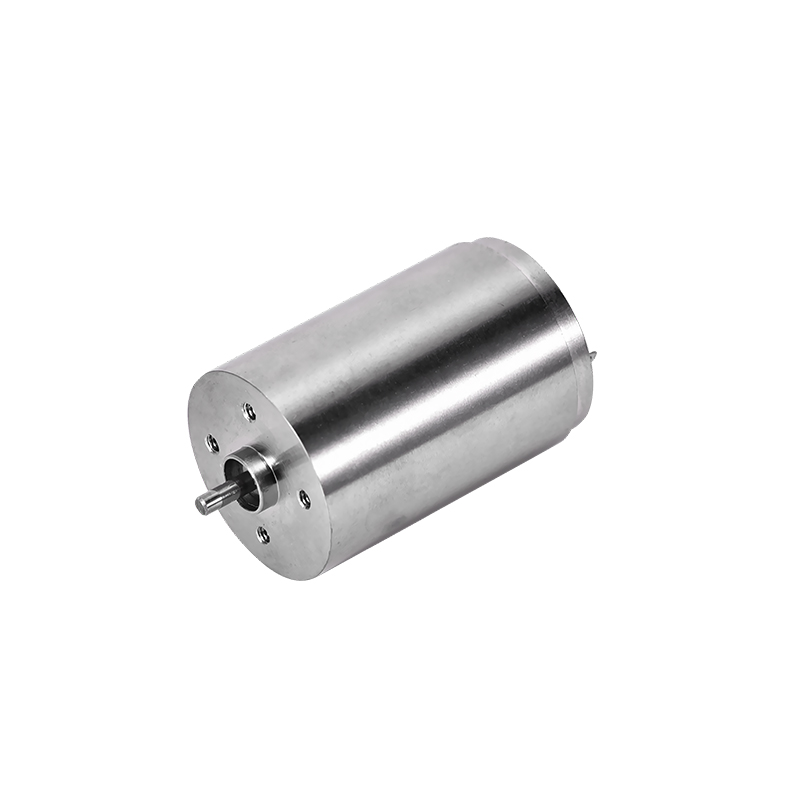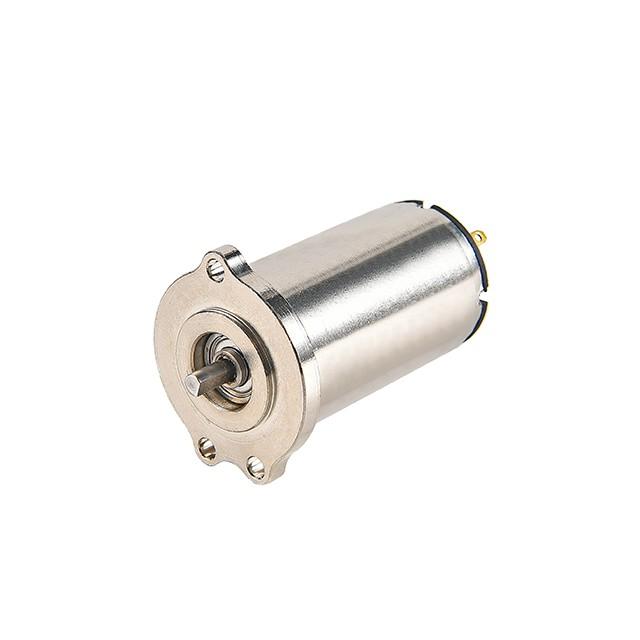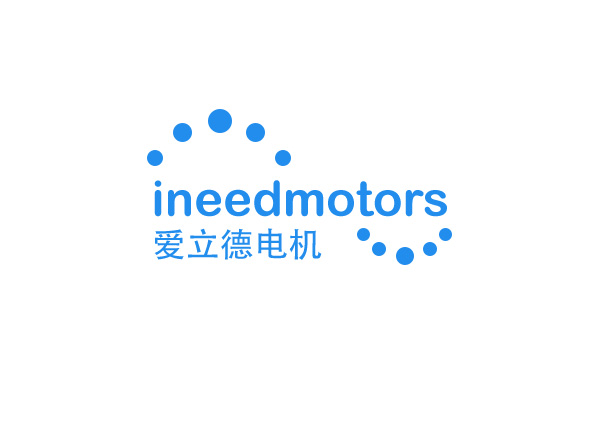Controlling the Direction of Rotation of Motor Systems

Understanding how to change the direction of rotation in motors is very important. Good motor control helps reduce changes caused by time or setup. This ensures the motor works the same every time. Studies show that changes in movement can affect how well things work and how fast people learn. This highlights why controlling the direction of rotation is crucial for accurate tasks. Whether in robots or medical tools, knowing motor control helps systems work better and last longer.
Key Takeaways
Knowing how a motor spins is important for it to work well in things like robots and medical devices.
To change a DC motor's spin, just reverse the power flow using a DPDT switch or an H-bridge circuit.
Tools like Arduino and motor controllers help control motor speed and direction better, which is great for automation.
Taking care of motors by oiling them and checking for problems makes them last longer and work better.
Staying safe means checking for loose parts and following electrical rules when using motors.
Basics of Motor Rotation
Principles Behind the Direction of Rotation
The way a motor spins depends on basic physics rules. These rules explain how electrical energy turns into movement. One key idea is the Lorentz force law. It shows how a wire with current in a magnetic field feels a push. This push makes the motor move.
Speed and force are also connected. The motor's power is found using this formula:
Mechanical output [W] = Rotating speed [rad/s] x Rotative force [Nm].
This means speed and force work together to create motion. Fleming's Left-Hand Rule helps figure out the direction of the motor's push, current, and magnetic field. These ideas are the base of how motors spin.
Principle | What It Explains |
|---|---|
A wire in a magnetic field gets pushed when current flows through it. | |
Torque Equation | Torque depends on motor current, shown as T = KTI. |
Fleming's Left-Hand Rule | Shows how push, current, and magnetic fields work together for spinning. |
Factors Influencing Motor Rotation
Many things affect how a motor spins. The power supply's polarity is very important. For instance, flipping the polarity in a DC motor changes its spin direction. The motor's parts, like the rotor and stator, also decide how it spins. Outside factors, like heat or heavy loads, can change how it works. Controlling the spin direction keeps the motor working well and reliably.
Overview of Motor Types (DC, BLDC, and VFD-controlled)
Different motors have special ways to control spinning. DC motors are simple and easy to use. You can reverse their spin by changing the polarity. Brushless DC (BLDC) motors use electronic controls for accurate spinning and better efficiency. Variable Frequency Drive (VFD)-controlled motors change speed and spin by adjusting power frequency. Each motor type has its own advantages for different jobs.
Tools and Components for Direction Control
Essential Tools for Motor Direction Control
To control a motor's direction, you need helpful tools. One useful tool is the Arduino microcontroller. It helps manage a motor's speed and direction. It uses pulse width modulation and an h-bridge circuit. This setup gives precise control, great for robots and automation. Research shows Arduino systems make motors more reliable and accurate. This is important for tasks needing exact movements.
Another helpful tool is the DPDT switch. It changes a motor's spin by flipping its polarity. It is simple and works well for basic uses. For advanced setups, a motor controller is very useful. It combines speed and direction control in one device. This makes it easier to manage DC gear motors.
Key Components for Changing Rotation Direction
The parts you use affect how well you can change a motor's spin. An h-bridge is a key part. It lets current flow in different ways, so the motor spins clockwise or counterclockwise. Hall sensors are also important. They check the motor's spin direction by reading signal patterns. For example, A-B-C means clockwise, and A-C-B means counterclockwise.
Software tools like IMDA also check the spin direction. They study the timing of these signals. These parts help your motor work correctly, even in tricky systems.
Optional Tools for Enhanced Speed Control
For better speed control, extra tools can help. Advanced motor controllers have adjustable pulse width modulation. This fine-tunes the motor's speed. Arduino boards with h-bridge circuits improve speed control too. This is useful for DC motors in robots needing precise speed and direction.
Inertia ratios also affect speed control. Keeping an inertia ratio of 0.70 helps with stability. Tools that track these ratios can make motors work even better.
Step-by-Step Guide to Control a DC Motor and Other Motor Types
Changing Polarity in DC Motors
To make a DC motor spin the other way, you can switch the power supply's polarity. This easy method lets the motor spin both ways. For example, in tests with lathes using DC motors, flipping the polarity made the lathe spin clockwise or counterclockwise. This works because the current flow between the armature and field windings decides the motor's spin direction. By changing the current in either part, you can reverse the motor's spin.
Steps to do this:
Use a DPDT switch or H-bridge circuit to flip polarity.
Connect the motor to its power source.
Flip the switch or adjust the H-bridge to change the spin direction.
This method works well for tasks needing forward and reverse motion, like robots or conveyor belts.
Setting Controllers in BLDC Motors
Brushless DC motors (BLDC) allow precise spin control using electronic settings. These motors use controllers to manage their spin direction. To change the spin direction, you adjust the controller’s settings. Most BLDC controllers have options for forward or reverse spin.
Steps to control BLDC motors:
Open the motor controller’s interface.
Find the direction control settings.
Change the settings to forward or reverse as needed.
Test the motor to check the spin direction.
BLDC motors are great for jobs needing smooth and accurate speed control, like drones or medical tools.
Using VFDs for Spin Direction and Speed Control
Variable Frequency Drives (VFDs) give advanced control for AC motors. They change the motor’s speed and spin direction by adjusting the power frequency. Motors with VFDs can run at precise speeds and save energy. For example, in HVAC systems, VFDs control airflow by matching motor speed to needs. In conveyor belts, they match motor speed to production speed.
Steps to use VFDs for control:
Attach the motor to the VFD.
Set the VFD for forward or reverse spin.
Adjust the frequency to pick the speed you want.
Watch the motor and fine-tune settings if needed.
VFDs are perfect for tasks needing speed and spin control, like mixers or factory machines.
Troubleshooting Problems in Motor Spin Direction
When working with motors, problems can affect how they spin. Fixing these issues keeps the motor running well and avoids damage.
A common problem is wrong wiring in three-phase motors. If wires are connected incorrectly, the motor might spin the wrong way. Switching any two wires fixes this easily. Always check the wiring to avoid mistakes.
Another issue is broken or old parts. For example, worn brushes in DC motors can stop the current, causing uneven spinning. Check the brushes often and replace them if needed. In brushless DC motors, faulty controllers may not change the spin direction correctly. Restarting the controller or updating its software usually solves this.
The environment can also cause problems. Too much heat or dust can stop the motor from spinning smoothly. Clean the motor and make sure it has good airflow to stay cool. Use covers to protect motors in dirty or tough places.
Lastly, software problems in advanced systems can cause strange motor behavior. For Variable Frequency Drives (VFDs), wrong settings might make the motor spin incorrectly. Check the VFD settings and reset them if needed. Updating the software helps prevent these errors.
Fixing these problems quickly keeps motors working well and lasting longer.
Safety Tips for Changing Motor Spin Direction
Electrical Safety Rules
Always put electrical safety first when working with motors. Following safety rules helps you avoid accidents while controlling motor direction. Standards like UL 61800-5-1, UL 60947, and EN 62477-1 give clear instructions for handling motor parts safely. These rules cover things like heat safety and low-voltage equipment.
Standard | What It Covers |
|---|---|
UL 61800-5-1 | Safety for energy, heat, and power systems in motors like brushless and servo motors. |
UL 60947 | Safety for low-voltage controls, like speed controllers and brakes. |
EN 62477-1 | Safety for power converters in AC motors and torque motors. |
New tools like smart sensors and IoT devices make safety better. These tools monitor systems and workers in real time. Smart glasses with AR show important info while you work, lowering risks. Always follow OSHA rules to meet these safety standards.
Mechanical Safety Steps for Motors
Mechanical safety is as important as electrical safety. Before changing a motor's spin, check for loose or broken parts. Damaged parts can cause the motor to fail or hurt someone. Make sure bolts and screws are tight.
High-speed motors need extra care. Quick spin changes can stress motor parts. Use systems like PID control to manage smooth direction changes. These systems adjust motor performance in real time to avoid damage.
Keep your workspace clean and free of dirt. Dust can mess up motor performance, especially in precise systems. Use covers to protect motors from dirt and keep them working well.
Protecting Motor Parts During Spin Changes
Changing spin direction often can wear out motor parts. To prevent this, use advanced systems like PID control. These systems make direction changes smooth and reduce wear by keeping torque and speed steady.
Lubrication is also very important. Well-lubricated gears and bearings lower friction and help motors last longer. Regular checks can catch problems like overheating or strange vibrations early. Fixing these issues quickly avoids bigger damage.
Don’t overload the motor during spin changes. Too much weight can damage motor parts. Use devices that limit torque to stop sudden load spikes. These steps help motors run smoothly and last longer, even in tough conditions.
Impact of Direction Control on Motor Performance
Effects on Efficiency and Torque
Changing how a motor spins affects its power and force. Accurate control helps the motor work at its best. This saves energy and avoids wasting power. For example, robots and medical tools need exact movements. Good control reduces energy loss and increases torque, which is the force that makes things turn. Torque depends on the motor's current and design. Keeping spin adjustments steady makes the motor run smoother and use less energy.
Studies show that adjusting spin direction improves motor performance. Motors handle changes better when they adjust early. This helps them follow paths more accurately and work more efficiently. Fine-tuning spin direction is important for tasks needing precision.
Long-term Wear and Maintenance
Switching spin direction often can wear out motor parts. Brushes, bearings, and gears get stressed during quick changes. Over time, this can shorten the motor's life. Smooth transitions, like using PID controllers, reduce strain and protect parts.
Taking care of your motor keeps it working well. Lubricate moving parts and check for damage regularly. Replace worn brushes in DC motors to keep them running smoothly. Cleaning the motor and removing dust prevents overheating. These steps help the motor last longer and stay efficient.
Optimizing Performance with INEED Micro Motors

INEED Micro Motors are great for controlling spin direction. They handle frequent changes without losing performance. Their small size and strong torque make them perfect for robots, medical tools, and gadgets. You can customize them to fit your needs for better results.
These motors are built to last. They use less power and stay cool, which prevents damage. Their precise control over speed and spin direction ensures smooth operation. INEED Micro Motors are reliable and efficient for tough jobs.
Changing how a motor spins is easy with the right tools. INEED's Micro motors and Micro DC Motors help control speed and direction well. These motors are strong and work reliably for tough tasks. Following safety rules keeps motors safe and working longer. Knowing how motor performance affects its life helps it last. Learn these tips to make your motor spin better and work smoothly for years.
FAQ
How can you make a DC motor spin the other way?
To reverse a DC motor, switch its power supply's polarity. Use a DPDT switch or an H-bridge circuit. These tools change the current flow, making the motor spin backward.
What safety steps should you follow when changing motor direction?
Turn off the power before making any changes. Check the motor for damage or loose parts. Follow safety rules like UL 61800-5-1. Wear safety gear and keep your workspace clean to avoid accidents.
Can you adjust both speed and direction in a BLDC motor?
Yes, a BLDC motor controller lets you control both. Change the controller settings to switch between forward and reverse. Adjust the pulse width modulation (PWM) to set the speed you need.
What tools help control motor direction?
Important tools include Arduino boards, DPDT switches, and motor controllers. For advanced control, use an H-bridge circuit or a Variable Frequency Drive (VFD). These tools give precise speed and direction control.
How does reversing motor direction affect its performance?
Changing direction often can wear out parts like brushes and bearings. Smooth changes reduce stress and improve efficiency. Regular maintenance, like lubrication and inspections, keeps the motor working well for longer.
See Also
Choosing The Ideal Rotating Motor For Industrial Use
Understanding Rotating Motors: Varieties And Usage Guidelines
Utilizing 3V DC Motors Across Five Different Devices
Get Custom Micro DC Motors from
INEED Motors!
Leading Brand in Vibration Motor Manufacturing Industry
